![The Hedley Family: John [an original settler], Kate & Mary [child in front], Frank, Rose [Frank's wife], Mick and Jack.](https://images.squarespace-cdn.com/content/v1/605d6c839ac6d31e472885e6/53527b4c-3819-4345-8356-17306ee2a2f5/hedley-family.jpeg)
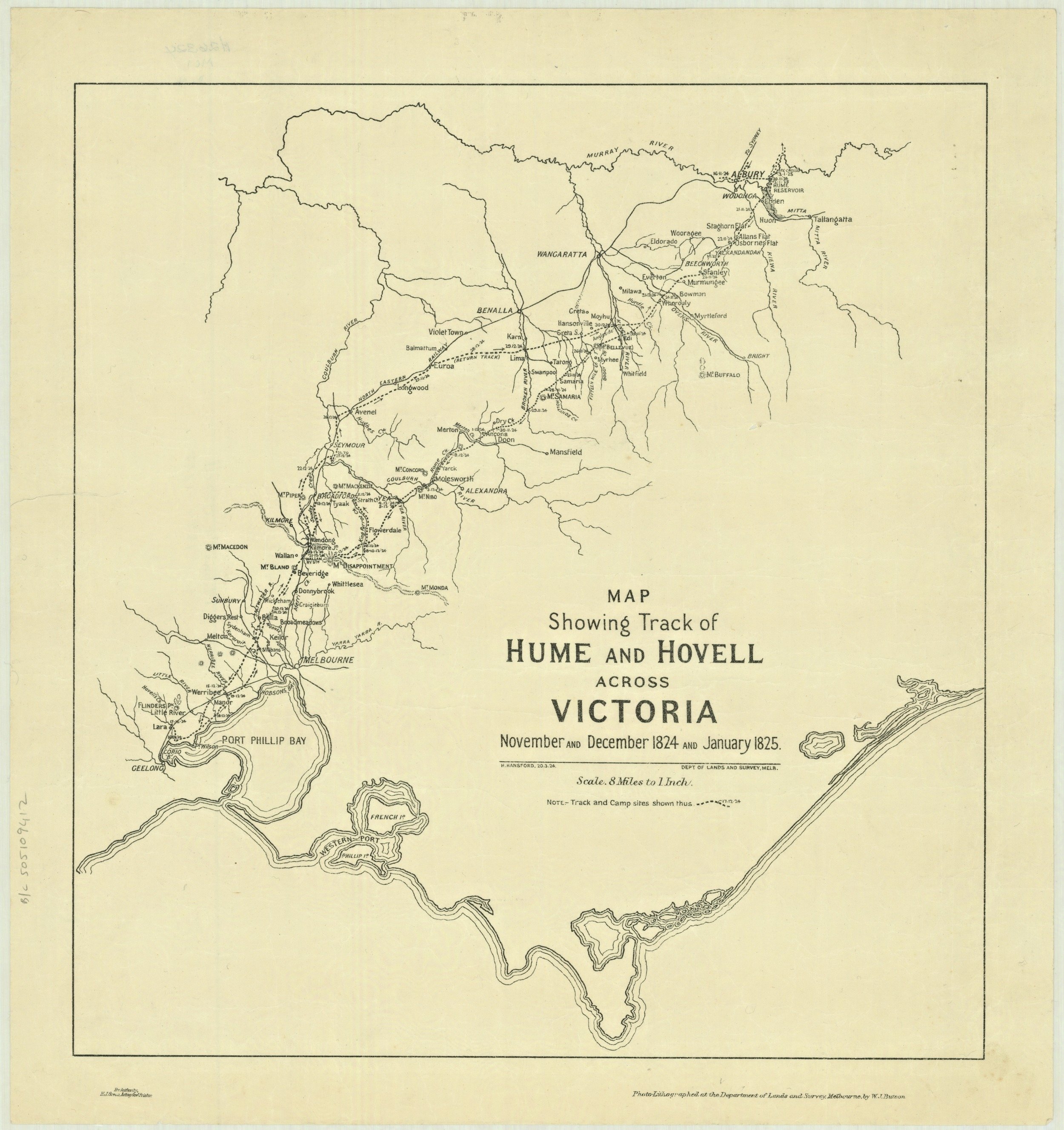
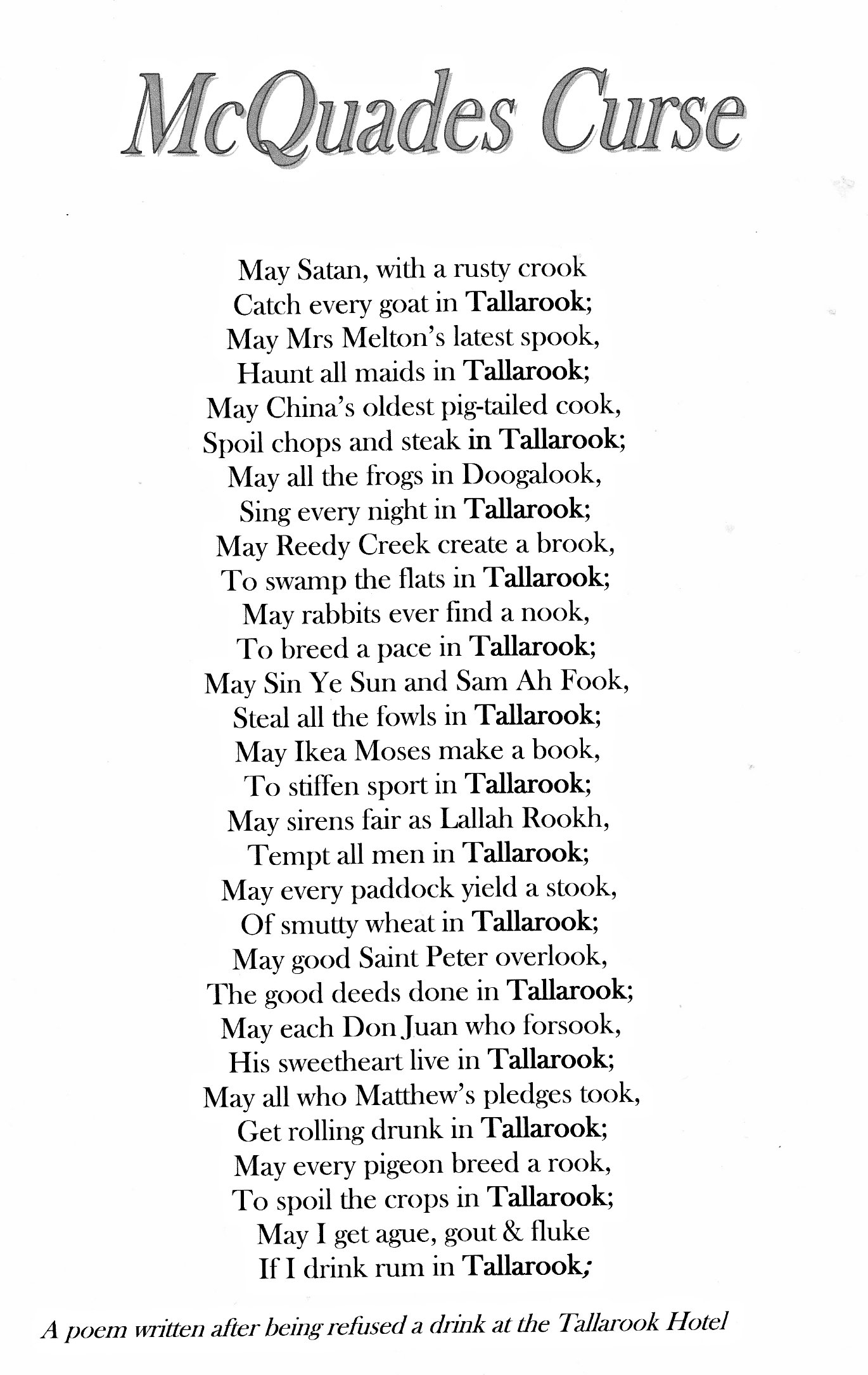

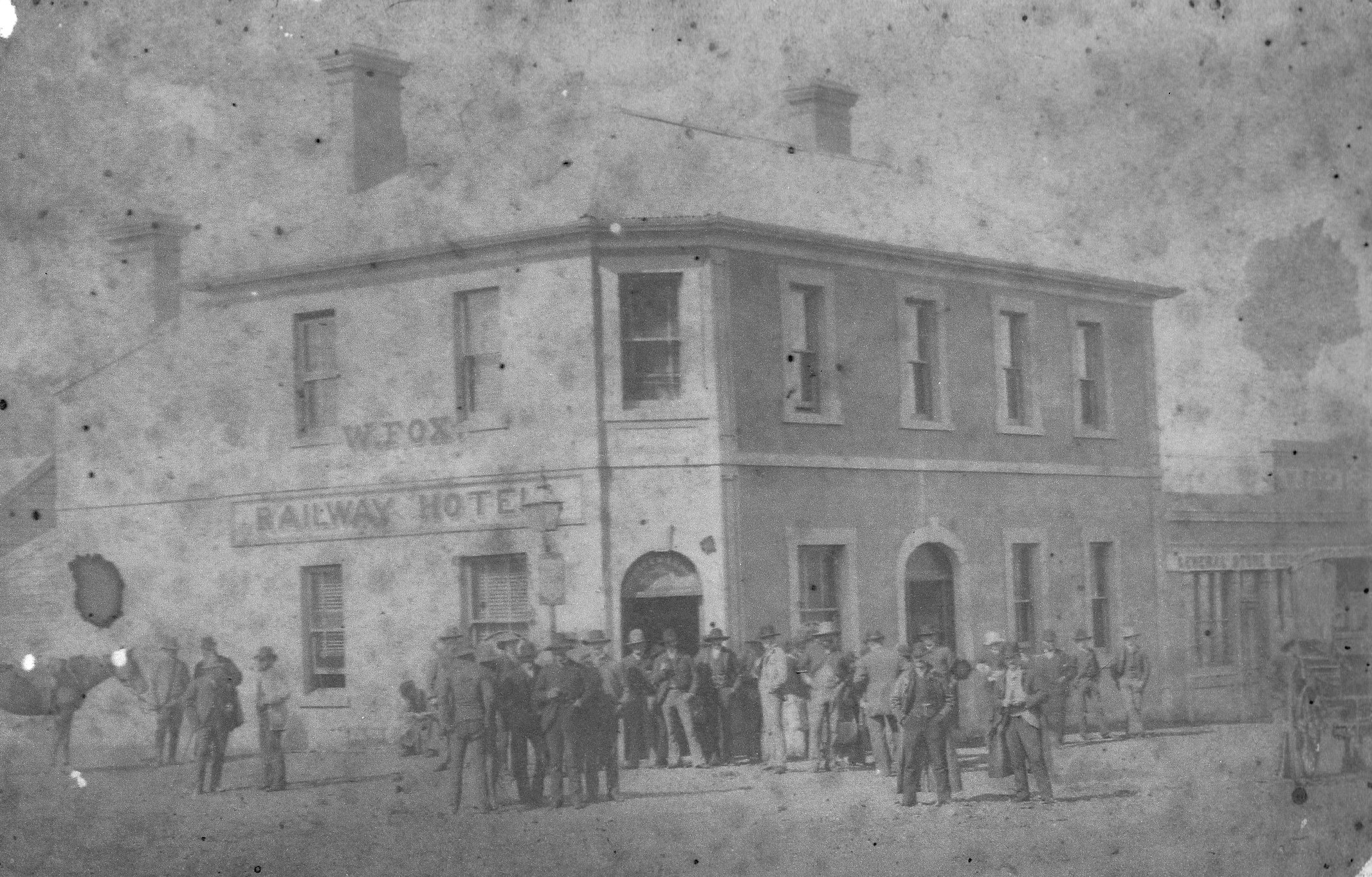
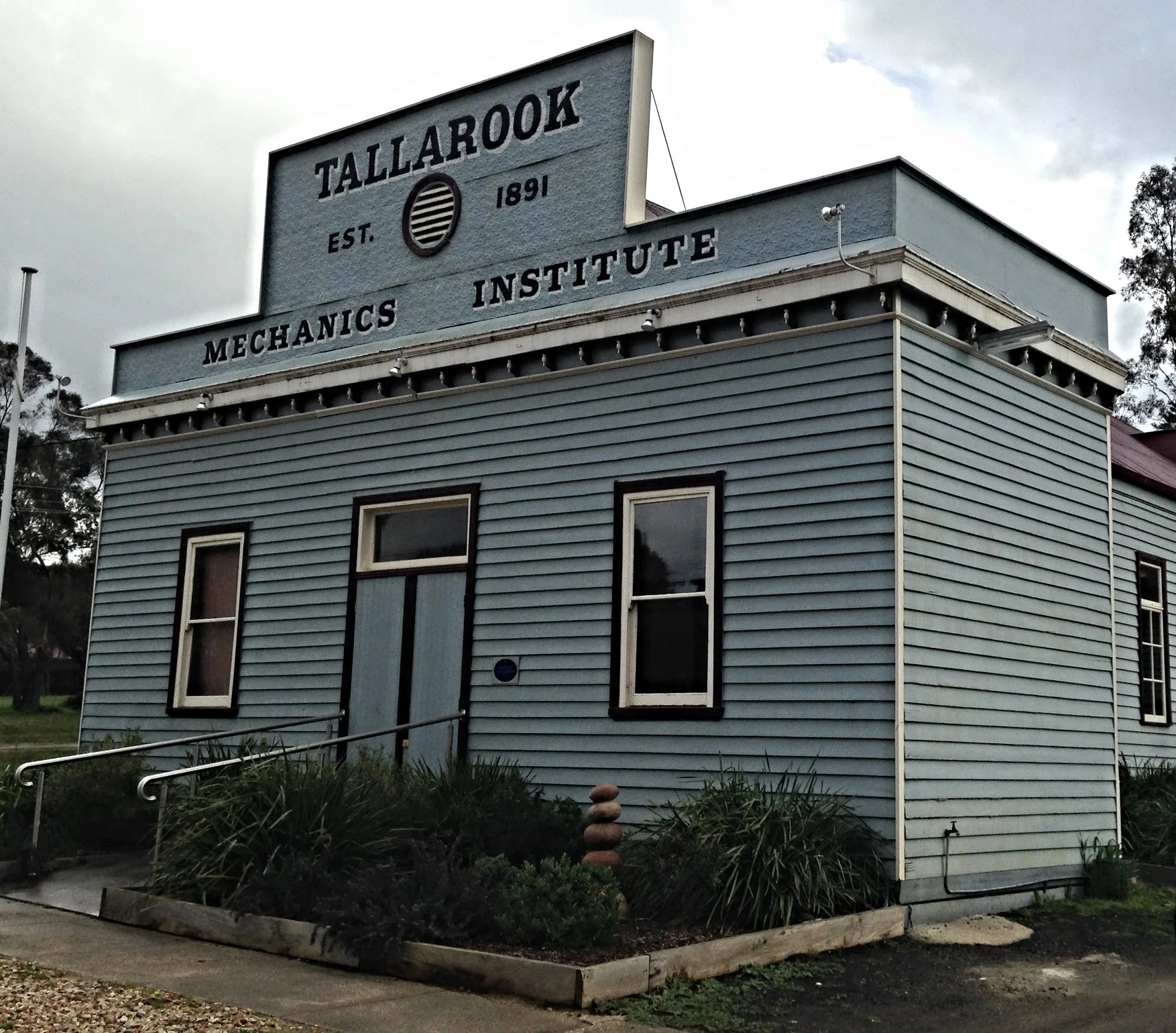


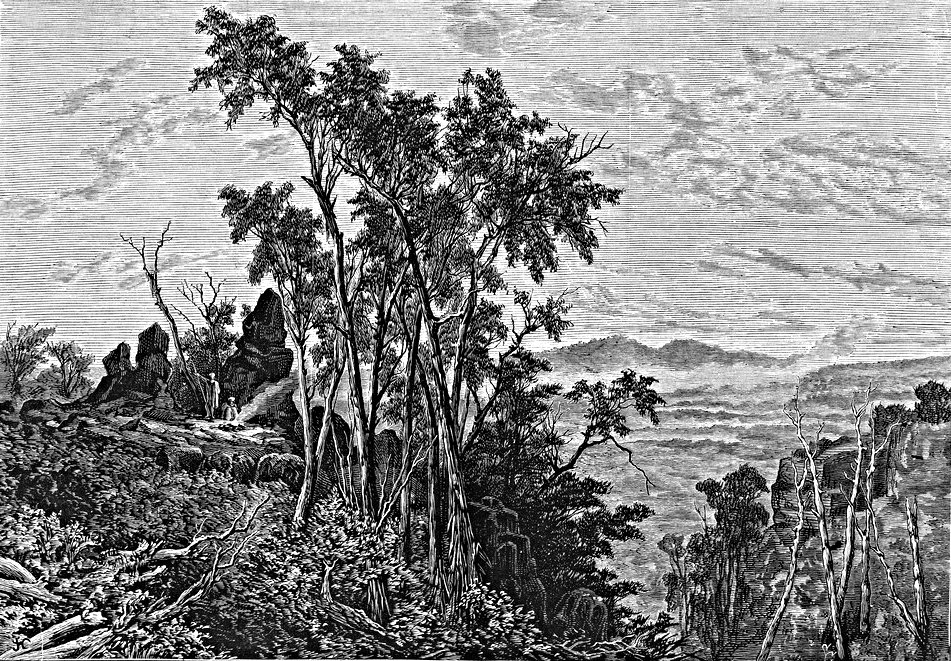
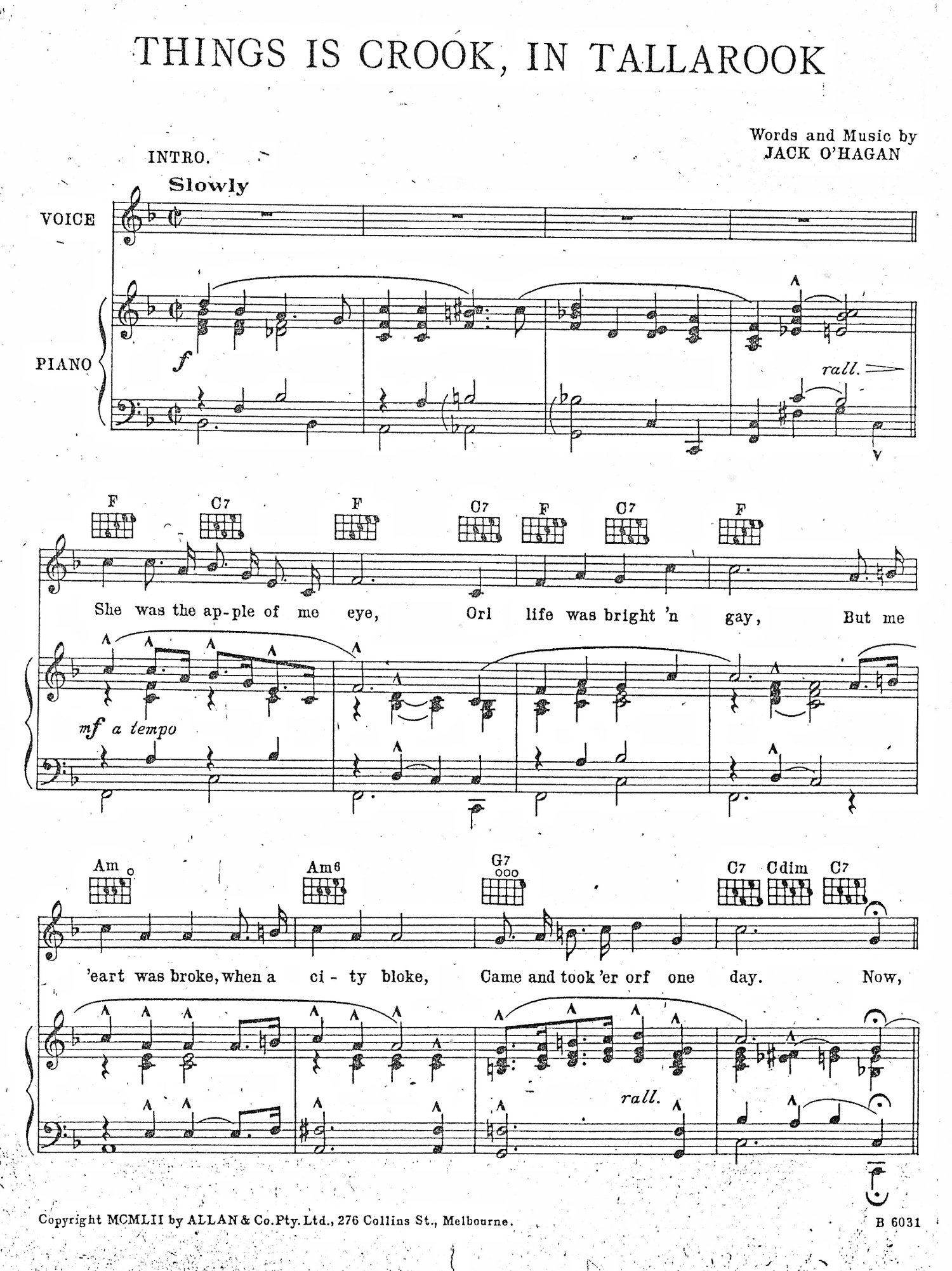
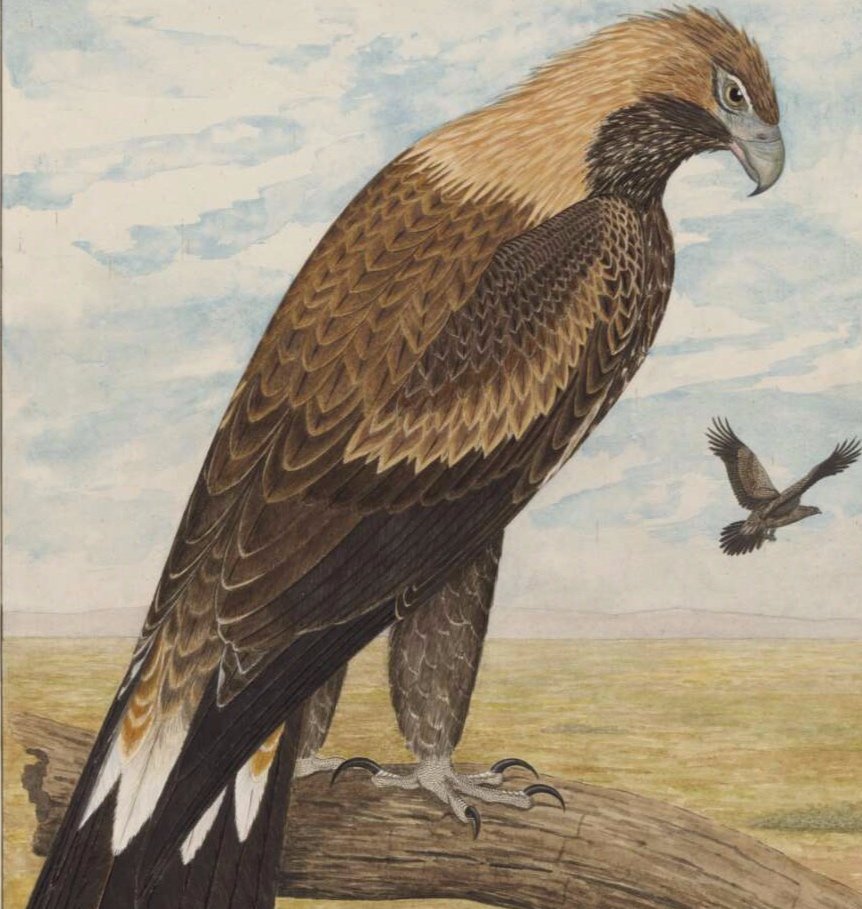

A Place of Stories
Tallarook is located just an hours drive north from Melbourne along the Hume Highway towards Sydney. The same landscape and abundance that had sustained a culture and lifestyle for the Taungurung for so many thousands of years also appealed to the earliest European visitors in 1824 and settlers in 1836, who saw it as a place they could create comfortable settlements, economic prospects and bright futures. Since the earliest days of Tallarook’s European history the landscape has been tamed to suit agricultural pursuits; a railway and a major highway have been laid to accommodate transportation of goods and travellers; and a town has evolved.
There is something peculiar about the way that Tallarook, small town though it was and still is, somehow always manages to find its way into the public consciousness – it has been the subject of many a painting, song, poem, legend, newsworthy story and colloquialism. Someone once said that “small towns matter” and that’s because they become a community in the true sense of the word – people know each other, they often have a history together and share a known heritage. Circumstances such as these have a tendency to nurture and immortalise stories, which in turn become signposts to the bigger story of how the place and its community has developed.
Some Tallarookians have been in the area for five generations and their family stories are as much a part of Tallarook as they are of the families themselves. Tallarook is also a catchy name; it rolls off the tongue more easily than the original choice of Dabyminga, which would have recognised the creek it was built along but also reduced its capacity to inspire poetry and song. The town has been immortalised in the iconic Australian phrase, and later song by Jack O’Hagan, Things is crook in Tallarook. It is also at the centre of McQuade’s curse once pinned to the local railway gates by a disgruntled swagman who was refused a drink of rum on credit at one of Tallarook’s then two hotels. Tallarook’s position on the favoured route in and out of Port Philip District gave rise to an association with the explorers Hume and Hovell who were forced to camp nearby and wait for their horse to recover from a snake bite. The nearby Tallarook Ranges also hold many stories, the most famous of which was the Widman from Sweden who lived in a cave for many years distilling whisky until the police caught him, while iconic Australian legends Ned Kelly and The Man from Snowy River have both had movies made about them set in Tallarook. As the town grew its people wanted a place to gather and do the things a community does. The Mechanics Institute Hall was funded by personal donations and built in 1891. The very date itself even managed to have a story attached to it! And it has since been a central figure in the Tallarook social- and land-scape giving rise to yet more stories.
[1] Taungurung News
“Tallarook” means the cry of the wattlebird in Taungurung language and is located towards the mid-west of Taungurung country, which continues west towards places now called Heathcote and Kyneton, east to Mt Buller, north to Rushworth and Benalla and south down to Marysville, Lake Mountain and Woods Point. The Taungurung are one of five clans that form the Kulin Nation in, what is today, central Victoria. While the wattlebird’s cry lent itself to the small area of Tallarook, the abundance of animal, fish, bird and plant life and the mountains, rivers and floodplains of Taungurung country – are said to have been created by two moieties, the wedge-tailed eagle Bunjil and the crow Waang, who have since guided Taungurung people in their behaviours and relationships with their environment and with each other[1].
